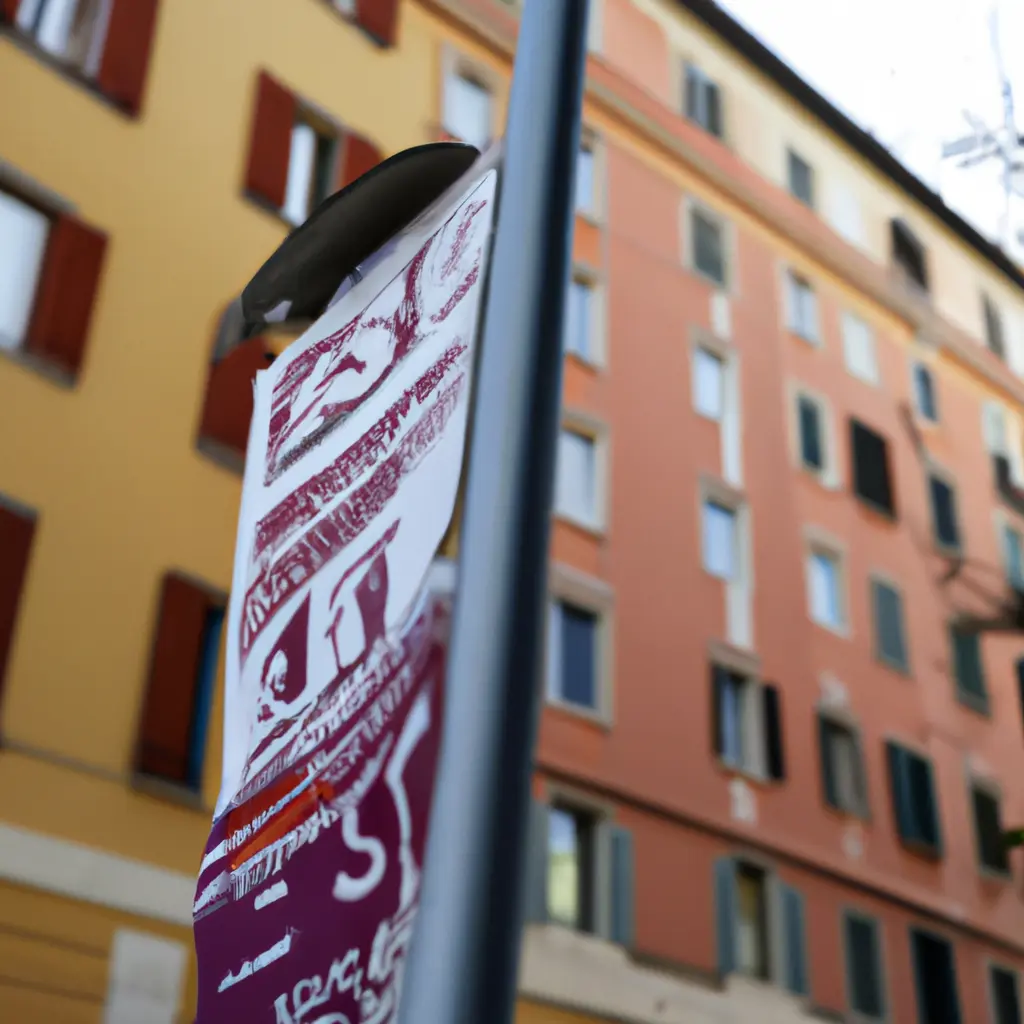Real estate: who is driving the industry? Investor Profile


Improperty is not only a source of debt, but also a source of wealth. In addition to a mortgage, buying a home can be a great return in the long run, and not just as a first home. However, not everyone has the financial capacity for such a transaction. In fact, a recent study conducted by Tecnocasa Group's Training Department revealed a change in the socio-demographic profile of the real estate investor. And this applies not only to the age where the trend change is observed, but also to marital status, type of employment, and so on. All of this probably explains the data on the buy-to-let trend, which is up nearly 20% over the past 5 years. The latest report from Tecnocasa Group's Research Department shows that the profile of real estate investors has changed significantly in recent years. Despite the drop in previous years, the median age in the first half of 2023 is about 43.8 years. InMilan, the median age is slightly below the national average, but still higher than in previous years: 41.4 years. But beyond age, who makes real estate investments? Families, at least 67% of the time. However, only in Milan does the majority belong to singles, who make up 50.8%, as opposed to 33% of the national average. Compared to five years ago, the situation was a little different. According to an analysis of transactions in 2018 by agencies affiliated with Tecnocasa and Tecnorete, the national level shows that "in 56.0% of cases, people between the ages of 18 and 44 are buying homes." On the other hand, 22.4% of buyers are between the ages of 45 and 54, and the percentage decreases with increasing age groups. However, the family composition remains stable: "[...] couples and couples with children make up 72.3% of the sample, while single buyers account for 27.7% [...] in 2017 it was 28.5%.". Besides the socio-demographic profile, the data on the type of home being purchased as a real estate investment is interesting.Who is investing in real estate? Tecnocasa research
Preferred house type for real estate investment
13 May 2025
14 May 2025
13 May 2025
The reason for this preference for more compact dwellings may be due to the socio-economic impact of the post-pandemic situation. However, in addition to the pandemic, the choice of home type also influenced higher real estate prices and reduced affordability of spending due to rising interest rates. From this follows an interest in living outside the city, right in the suburbs. Prior to Covid, the percentage of interested buyers in the suburbs was 18%, "[...] now we're up to 23%." The same is true for Milan: the share of moves to the suburbs exceeds 30%, "[...] while in 2019 it was only 21%". Milan also has a trend opposite to the national trend in terms of house type. While in Italy 34.3% prefer two-bedroom apartments, in Milan 50.5% prefer two-bedroom apartments, perhaps because of the economy.
But is it just an investment or buying a house?
When we talk about "real estate investment," it can mean either buying a future home or acquiring one or more properties for later profit. Of the 22,000 transactions analyzed, Piero Terranova, himself an analyst in the Tecnocasa Group's Training Department, notes that "[...] there has been an overall increase in purchases for investment, in Italy the percentage is 19.6%". In Milan, the figure is as high as 39.1%, considering that in previous years it fluctuated between 23 and 27%. On the other hand, the share of buyers for a residential home fell from 76.6% in 2019 to 73.3% in the first half of 2023. The "vacation home" share is virtually unchanged at 7.1% compared to the previous 7.3% in 2022 (it was only 5.5% in 2019).
In fact, the share of investment is only growing. Even in 2018, reports from agencies affiliated with Tecnocasa and Tecnorete show that 18.2% are purchasing homes as a real investment, while only 5.6% are for a future vacation home. It can be assumed that the liquidity and financial strength required to purchase space for subsequent sales or lease solutions (e.g., build-to-rent) is increasingly in the hands of Generation X rather than Generation Z. Another reason could also be the rising cost. According to Tecnocasa's latest real estate market survey, property prices in Milan rose by 43.2%, while other metropolitan areas saw an average increase of 8.8%. Curiously, prices in the periphery, which rose by 50.3%.
Comment
Popular Offers

Subscribe to the newsletter from Hatamatata.com!
Subscribe to the newsletter from Hatamatata.com!
I agree to the processing of personal data and confidentiality rules of Hatamatata














